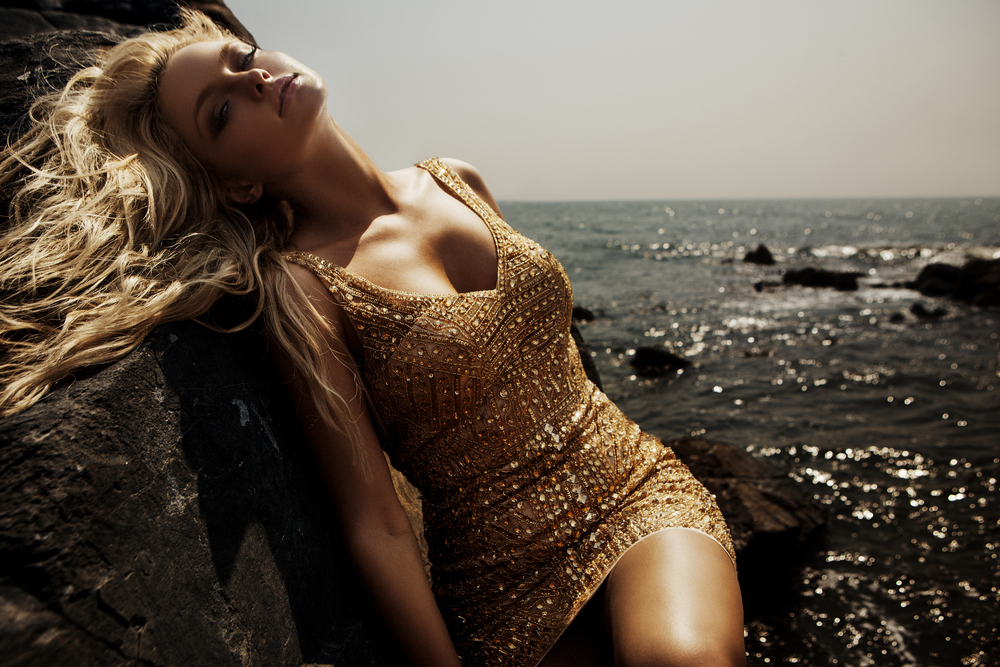
The Art of Modeling: Unveiling the Secrets to Success in the Fashion Industry

In the captivating world of fashion, models are the faces that bring clothing collections to life. They effortlessly glide down the runway and strike stunning poses in photoshoots, leaving a lasting impression on everyone who lays eyes on them. But what does it take to succeed as a model in the highly competitive fashion industry? How can one master the art of modeling ? In this article, we will delve into the secrets of successful modelling in photoshoots, exploring the skills, mindset, and dedication required to excel in this artistic field.
The Power of Posing
One of the fundamental skills every aspiring model must master is the art of posing. A well-executed pose has the ability to convey different emotions, from strength and confidence to vulnerability and sensuality. Models must work on perfecting their body positions, angles, and expressions to capture the essence of the garments they are showcasing. Through deliberate and intentional posing, models can transform clothing into works of art, capturing the attention of audiences and potential clients alike.
The Role of Facial Expressions
Beyond the physicality of posing, a model's facial expressions are pivotal in creating a captivating image. The face is a canvas that can convey a wide spectrum of emotions, from a mysterious gaze to a warm and inviting smile. Models must learn to control their facial muscles and use their eyes to communicate with the camera, creating an emotional connection with the viewer. A well-trained model understands the power of their expressions and can effortlessly switch between different moods to suit the desired aesthetic of a photoshoot.
Working with Confidence and Charisma
Confidence is key in the fashion industry. Successful models exude a magnetic energy that draws people in, leaving a lasting impression wherever they go. Models must embrace their uniqueness and showcase their individuality with charisma. It is crucial to believe in oneself and project authenticity to truly connect with both the camera and the audience. Confidence breeds success and paves the way for memorable modeling experiences.
Understanding the Clothes
While models are often seen as mere vessels for showcasing clothing, they possess a deep understanding of the garments they wear. Models must familiarize themselves with the designer's vision and story behind the collection, enabling them to embody the essence of the brand. By understanding the clothes, models can move fluidly and naturally, enhancing the intended aesthetic. This understanding helps in creating impactful imagery, where the model becomes an extension of the clothing, transforming the pieces into wearable art.
Adapting to Different Concepts and Styles
Versatility is a prized trait in the modeling industry. Every photoshoot or runway show presents unique themes, styles, and concepts that require models to adapt their approach. A skilled model can seamlessly transition between diverse genres, from high fashion editorials to commercial campaigns. By embracing versatility, models expand their opportunities and increase their chances of success in the ever-evolving fashion industry.
The Empowerment of Collaboration
A successful modeling career is often a collaborative effort between the model, the photographer, the stylist, and the entire creative team involved in a shoot. Models must be open to feedback, able to take direction, and willing to collaborate. The ability to work well with others, to listen and understand the vision of the team, ultimately leads to a synchronized and harmonious photoshoot. A truly successful model understands that they are part of a collective creative process and embraces the power of teamwork.
Frequently Asked Questions
Q1: How can I improve my posing skills as a model?
A1: Practice is key. Experiment with different poses in front of a mirror and study the movements of experienced models. Try to observe how certain poses enhance or complement different types of clothing.
Q2: How do I find my unique style as a model?
A2: Experiment with different looks and styles, both on and off camera. Embrace your individuality and find what makes you stand out. Remember to stay true to yourself and choose to work with brands that align with your personal values.
Q3: Can I become a successful model if I don't meet industry standards for height and body size?
A3: Absolutely! The industry is gradually becoming more inclusive, and diversity is celebrated now more than ever. Many successful models have broken traditional beauty standards. Focus on developing your unique qualities and seek representation from agencies that value diversity.
Q4: How can I build a strong portfolio as a beginner model?
A4: Collaborate with photographers, makeup artists, and stylists who are also starting out in their careers. Attend local fashion events and seek opportunities to work with emerging designers. A well-rounded portfolio showcases your versatility and potential.
Q5: What are some effective ways to network in the fashion industry as a model?
A5: Attend fashion events, join online communities, and actively engage with industry professionals on social media platforms. Additionally, reaching out to photographers and stylists for collaborations can help you build relationships and expand your network.
Mastering the art of modeling is an ongoing journey of self-growth and continuous learning. By embracing the power of posing, understanding clothing, and working with confidence and versatility, aspiring models can undoubtedly unveil the secrets to success in the fashion industry. Remember, modeling is not only about being visually striking; it is about connecting with emotions, creating captivating imagery, and ultimately leaving an indelible mark on the fashion world.
Other useful resources
- https://en.wikipedia.org/wiki/Category:Modeling_agencies
- https://en.wikipedia.org/wiki/Category:Modeling_(profession)
- https://www.planetmodelphoto.com/models/modeling/usa/charlotte/nc-north-carolina